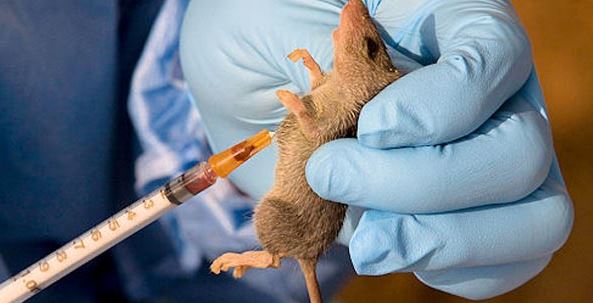The Nigeria Centre for Disease Control and Prevention, NCDC, has reported 142 deaths and 747 confirmed cases of Lassa fever across 18 states, as the country battles the deadly viral disease. The data, current as of Epidemiological Week 22, 2025, was contained in the agency’s latest situation report released on Thursday.
According to the report, the Case Fatality Rate (CFR) currently stands at 19.0 per cent, representing a slight increase compared to the figure recorded during the same period in 2024.
The number of newly confirmed cases also rose from six in Week 21 to eight in Week 22. The latest infections were recorded in four states — Ondo, Bauchi, Edo and Nasarawa — which continue to report significant case numbers.
A breakdown of the geographical spread of the infection shows that five states account for 91 per cent of all confirmed cases. These include Ondo with 31 per cent, Bauchi with 25 per cent, Edo and Taraba with 16 per cent each, and Ebonyi with three per cent.
The NCDC disclosed that the most affected age demographic is between 21 and 30 years, with a median age of 30. The gender distribution reveals a male-to-female ratio of 1:0.8 among confirmed cases.
Despite a reported decline in both suspected and confirmed cases when compared to figures from 2024, the NCDC said it remains on high alert and continues to coordinate its national response through a multi-partner, multi-sectoral Incident Management System, IMS.
The agency emphasised the importance of sustained public awareness, adherence to hygiene protocols, and robust community engagement to stem further spread of the disease, particularly in high-risk areas.
To strengthen the national response, the NCDC outlined a series of interventions it has undertaken:
- Deployment of 10 National Rapid Response Teams to affected states under a One Health approach;
- Launch of an Infection Prevention and Control (IPC) e-learning platform in collaboration with the DRASA Health Trust, funded by the Global Fund;
- Printing and dissemination of IPC guidelines for Viral Haemorrhagic Fevers (VHFs) to health facilities nationwide, supported by the Robert Koch Institute;
- Capacity-building support for State IPC structures, treatment centres, and the Orange Network to minimise hospital-acquired infections;
- Hosting of webinars on clinical management and training of healthcare professionals in Bauchi, Ebonyi, and Benue states, in partnership with the World Health Organisation, WHO;
- Forecasting and distribution of critical medical supplies including Personal Protective Equipment (PPEs), Ribavirin and body bags to states and designated treatment centres;
- Ongoing surveillance activities, active case finding, and contact tracing in communities experiencing outbreaks.
The agency also highlighted ongoing collaborations with Georgetown University and other global health partners in bolstering Nigeria’s response to the outbreak.
“We will continue to enhance surveillance, support state-level response efforts, and strengthen risk communication to protect public health,” the NCDC assured.
Lassa fever, an acute viral haemorrhagic illness caused by the Lassa virus, is primarily transmitted to humans through contact with food or household items contaminated by the urine or faeces of infected rodents. Human-to-human transmission is also possible, particularly in healthcare settings.
The NCDC, therefore, urged Nigerians to prioritise personal hygiene, avoid contact with rodents, and seek prompt medical attention upon experiencing symptoms associated with the disease.











Leave a Reply